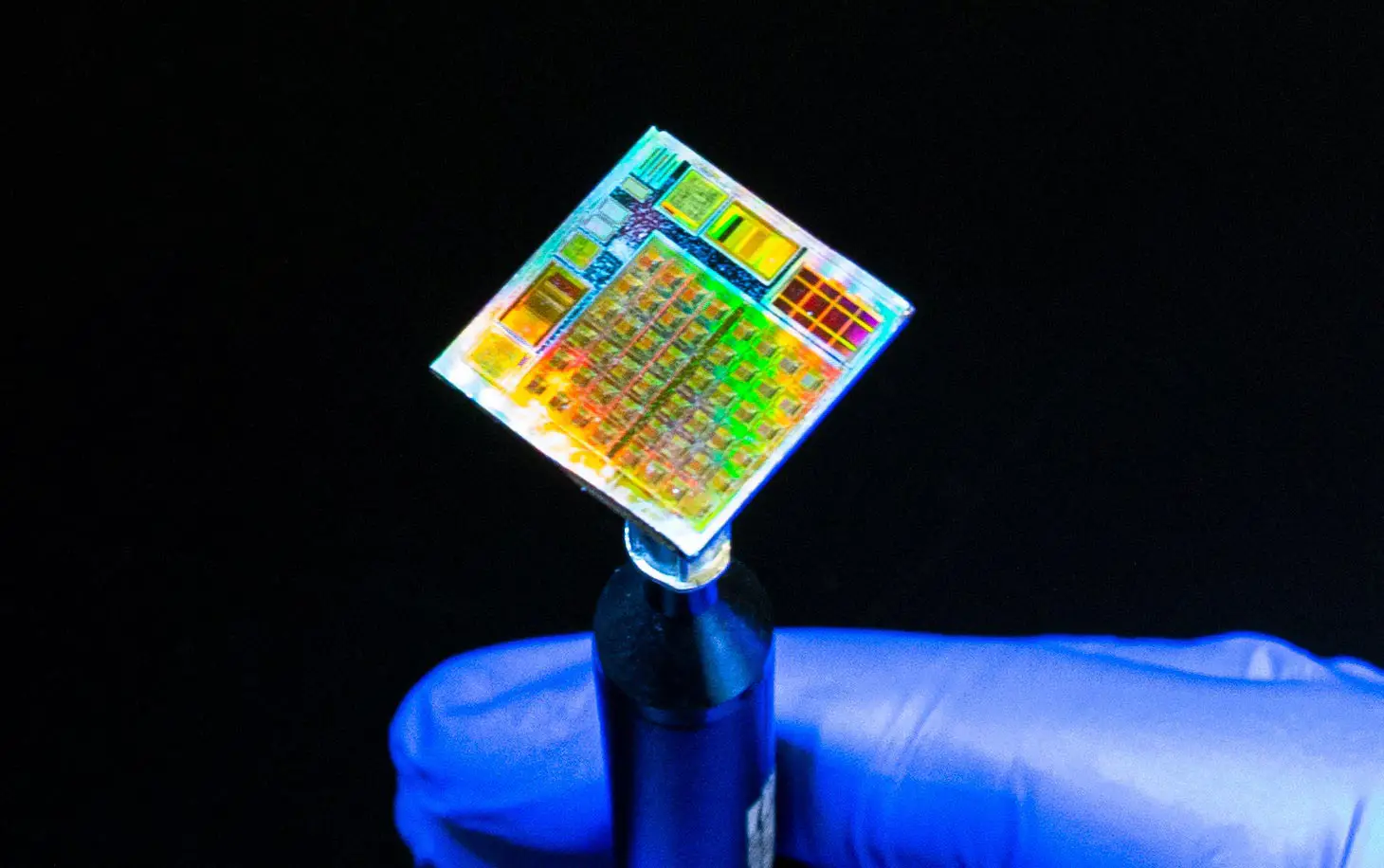It's time for 2D microprocessors. The 2D microchip technology makes the microchips resistant to fast acceleration. And that makes them suitable for use in guided artillery ammunition. But also other devices that accelerate very fast can use those 2D microchips.
Another place where 2D microchips can use is implanted medical microchips. The 2D microchip can be surgically implanted between bones and muscles. If 2D microchips are put between skin and muscles, that structure makes them more comfortable than regular 3D processors are.
"KAUST Professor Mario Lanza and his co-researchers have successfully designed the world’s first 2D microchip using synthetic materials. Despite fabrication challenges, the team successfully created a chip functioning as a high-performance, low-power neural network element, opening doors for the advancement of microchip technology. Credit: © 2023 KAUST; Mario Lanza" (ScitechDaily.com/A Thin Leap Forward: World’s First Functional 2D Microchip)
The 2D microprocessor technology allows researchers to connect them to animals like sharks. Those microchips can deliver information about the life of those animals. 2D microchips also can use to implant the insects like flies, and those kinds of systems can use to follow the fly of flies. Things like flies can use to search carcasses from forests.
2D microprocessors can use in many roles. That technology makes it possible to create extremely thin and lightweight computers. And if those computers can create energy from sweat. That makes it possible to put those paper-thin computers on the skin.
Then the person can use it by using the screen keyboard that is on that system's surface. Or maybe the user uses the BCI (Brain Computer Interface) that transforms the EEG into text. The main problem with those computers is their user interface. The paper-thin computer can itself have a WLAN capacity, and it can use the cell phone as the gate to the net.
The paper-thin microprocessors can observe things like wall elements or metal structure conditions. Those microprocessors are easy to install under the wallpaper or paint. In that case, the radio waves can deliver electricity to those sensors. Another version is the extremely thin silicon solar panel that delivers energy to that flat computer.



No comments:
Post a Comment
Note: Only a member of this blog may post a comment.